Sicily is the largest island in the Mediterranean and is an autonomous region in Italy. It is known for its beautiful landscapes, its ideal climate, its typical architecture that reflects the past of the region, ie a region that many populations have coveted over the centuries. Due to its geographical situation, it has known and still knows today a unique mix of cultures in the world. We will therefore look at the history of how Sicily became a real crossroads between civilizations.
History
Known as Trinacria in Greek antiquity due to its triangular shape, its location as a lock in the center of the Mediterranean has always given it a strategic position. This explains the cultural richness of the island. The continuous mix of populations explains the Sicilians' very varied physics. A territory that many populations (Romans, Arabs, Normans ...) coveted for its many riches, its geographical situation in the middle of the Mediterranean, Sicily is the link between the eastern and western parts of the Mediterranean (from east to west), but also between Europe and North Africa (from north to south). Over the centuries, the most important Mediterranean powers have settled here.
The first days of Sicily
It seems that Sicily was inhabited already in the Paleolithic period. Legend has it that Sicily was originally populated by both the monstrous Cyclops and Lestrigons. This is evidenced by the discoveries made so far in Sicily and its smaller islands. The oldest people in Sicily are believed to be the Sicanes (from the Iberian Peninsula) who occupied all of Sicily. But they suffered the arrival of several invasions that divided the island into three main parts:
- Sicanes, who had to push back to the center and west
- The Elymians (who are said to be Trojan exiles) who settled in the extreme west
- Siculi (Latin Siculi), an Indo-European tribe to which the island owes its name
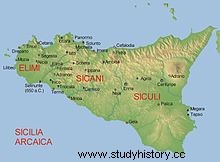
This happened during the 13th century BC, and the island was already an important stage in Mediterranean trade. The Phoenicians, originally from the coast of present-day Syria, visited the Sicilian coast, but it was not until the 10th and 9th centuries BC. that they took possession of the island in several places in the form of extremely active trading places. They were to expand rapidly and then come up against one of the great events in Sicilian history:Greek colonization.
Greek colonization
At the beginning of the 8th century BC. and until the middle of the 6th century BC. Greeks used the previously abandoned route through the Strait of Messina (the passage between Italy and Sicily) and at the same time reached the coast of Sicily and the south of the Italian peninsula. Around the middle of the seventh century BC. the Greek cities began the adventure and founded colonies at their own expense. In Sicily, as they called Trinacria (the island with the three spikes), they settled on the east coast, first confining themselves to the coastline, and then driving the various Sicilian tribes inland and the Phoenicians to the western part of the island, where the latter established new trading post (Motye, Palermo).
The colonists had, of course, imported their language, the political organization, the currency, the laws, the gods, enough to create an identical Greece. The Greeks also imported their typical architecture and began building colossal construction sites to build temples and cities.
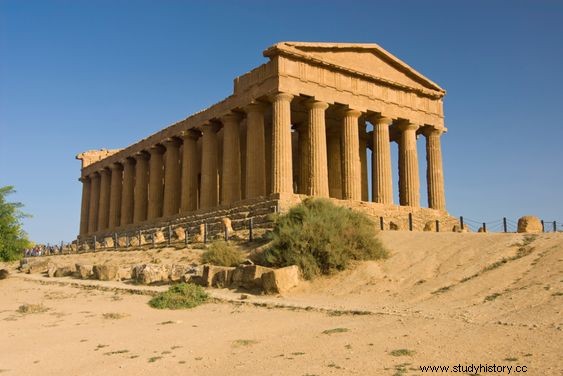
Made rich by trade, fertile land and the knowledge of the colonists, the Greek cities developed and Sicily suddenly took on great economic, commercial and strategic importance. It was able to supply wheat to the entire Mediterranean basin, which was in desperate need of it. The island was then the target of several attempts at dominance by the largest Mediterranean powers. In the 2nd century BC. The Romans succeeded in seizing Syracuse after the Punic Wars (the wars between Carthage and the Roman Empire), a city that was inevitable at the time, which put an end to Greek rule.
Roman Sicily
The Romans fought for Sicily because of its great economic and cultural wealth, all of which are the legacy of Greek civilization. But the main reason was agriculture:wine, oil, cattle, fishing and of course wheat. The island was obliged to feed the Roman people and is referred to as the "grain magazine" in Rome.
Due to the inhuman exploitation of the workforce and slaves, the island's history has been marked by many revolutions against the empire for over two centuries.
The development of the Roman Empire contributed to the development of Sicily's prosperity, mainly through the construction of a road network. It was no longer necessary to supply Rome with its resources and enjoyed over five centuries of peace. But after the fall of the Roman Empire, Sicily was at the mercy of the surrounding civilizations.
It was then to experience an event that would leave its mark:the Muslim dominance.
Muslim Sicily
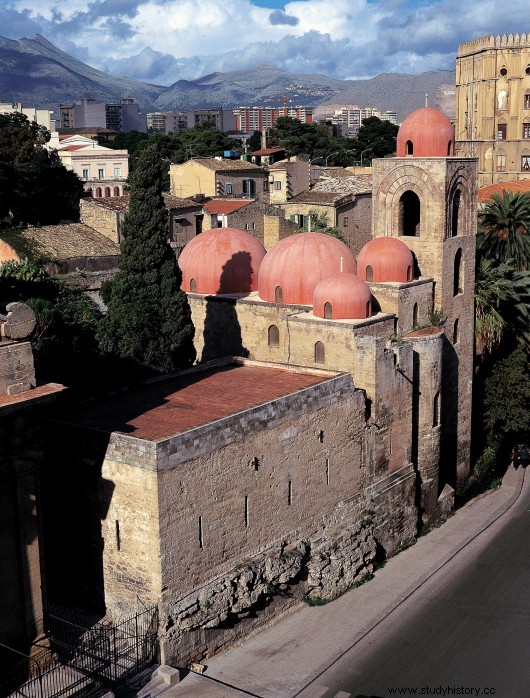
Muslim rule began around 827. Through repeated attacks, they managed to take several cities by storm. Around 831, Palermo fell to the Muslims and became the capital of Sicily, but the rule was not total and very slow. After more than 70 years in government, Muslim influence is felt throughout the territory:
- Sicily is adorned with magnificent palaces and mosques around which villages are built
- The majority of the population becomes Muslims
- A wave of immigration from North Africa hits the island and increases the population and economy. These new cultures also brought new agricultural sources (cotton, pistachios, papyrus ...) which the local farmers adopted.
At the beginning of the 11th century, the quarrels between Muslim potentates favored the return of the Byzantines, and above all the arrival on the island of ambitious feudal lords from Normandy via southern Italy.
Norman Sicily
When the Normans arrived, Sicily was "more than half Arab" and "Byzantine for almost everything else". However, the Norman monarchy, far from erasing the traces of each of these civilizations, was inspired by the Oriental, Arab, and Byzantine models and underwent an original development.
Christians and Muslims lived together in Sicily. Palermo thus became a cosmopolitan city where Muslims, Christians and Orthodox lived side by side. This cohabitation allowed many cultural exchanges in Sicily.
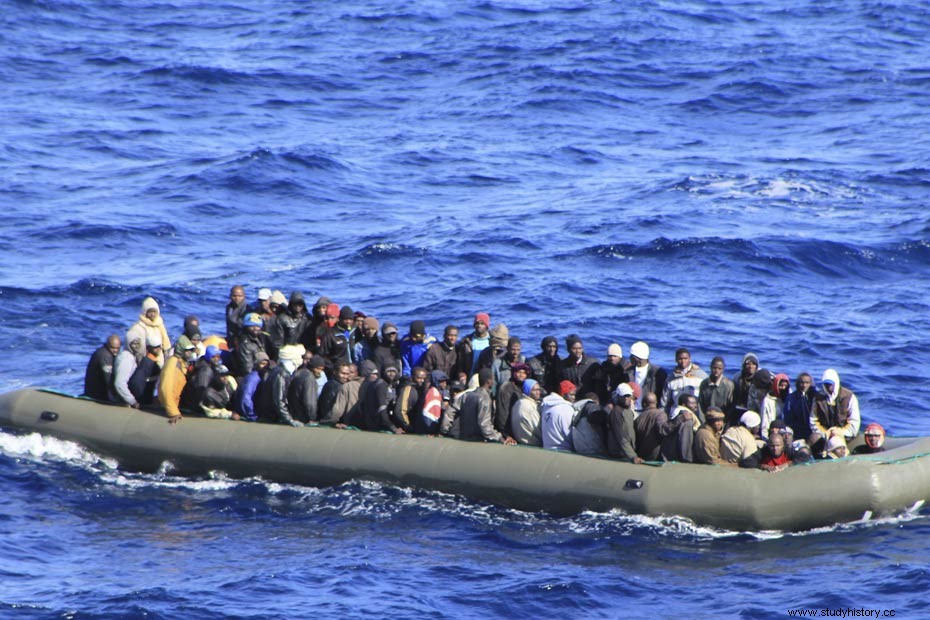
Sicily appears first and foremost as a country with peaceful contact between the three civilizations of the Mediterranean in the 12th century, although there were many external attacks. The Norman kings showed great tolerance towards the Muslims. This cosmopolitanism made Sicily, and especially Palermo, a center of knowledge and cultural mixing. In the second half of the 12th century, however, the massive arrival of Italians in Sicily marginalized the Muslim community. The latter revolted in the 13th century, and all were deported to southern Italy, which put an end to the tolerance and fragile cohabitation established by Norman kings.
Sicily then experienced a period of unrest and wars that weakened the region. It was then an "easy prey" and went under the hands of various civilizations (which put an end to the Norman government) such as:
- The French
- Swabia
Until the arrival of the Spaniard.
Spanish dominance
From 1410 (to 1713) Sicily became part of, or rather possession of, the Kingdom of Spain. During this period, the local peasants were subjected to real oppression, misery and taxes. As for the nobility and the dominant, they controlled everything:power, money, land ... Just like in France at that time.
In the same way, the island's infrastructure became increasingly non-existent in some places. In the end, the royal authority was only effective in certain parts of the island, and the interior was a prey for brigandage. Several reforms, which sought to restore equality, were launched, but they came into conflict with the hostility of the nobility and the church.
Rebellion multiplied and weakened the region even more, and it became the focus of the great European monarchies. In 1799, French revolutionary troops invaded the Kingdom of Sicily. The ideas of the revolution found little echo there.
But after all these years of domination of foreign civilizations, Sicily finally chose to become part of Italy in a referendum in 1860.
The 20th Century
The 20th century did not see a new invasion of a new people or anything else. The region was nevertheless marked by serious events such as the world wars, especially the other. In 1943, the Allies captured Sicily, which emerged from the devastating war.
It was also the birth of the mafia (in 1861), a kind of regulated brigandage that Sicily fought hard against. Many attempts were made by parliament to take action against the "squid", but to no avail. It also spread to the United States due to immigration and became world famous.
Contemporary
2011 - 2018> For several years, Sicily has increasingly been at the forefront of the problem of illegal immigration from Africa. The migration crisis changes Sicily with the arrival of 400,000 20 migrants from Africa via Tunisia to Lampedusa in 2015, so many migrants from 2018 to XNUMX, who arrived from Libya directly in the port of Catania, rescued on the zodiac by international boats that have come to dock here. An agreement between Libya, Europe and Italy puts an end to rescue at sea.

But these problems do not prevent Sicily from remaining a popular tourist destination. The coastline, volcanoes, archeological and cultural monuments are important assets for maintaining attractiveness.
Demographics
The area
With an area of 25,708 2 km390, it is the largest region in Italy, and the territory consists of nine former provinces which in turn are divided into XNUMX municipalities. It is also the only Italian region to have two of the country's ten most populous cities:Palermo and Catania.
Language
Sicily is not a very multilingual region. In fact, 91% of Sicilians speak Sicilian as their mother tongue and Italian as their second language. Only 8% of the island's inhabitants speak only Italian. Both languages are of Latin origin (Romance language). Most Italian-speaking Sicilians speak regional Italian, ie Italian with a sprinkling of Italianized Sicilian words. Sicilian speakers can be called Siciliano phones.
The Sicilian flag
The flag of Sicily shows a Trinacria, the symbol of the island. Trinacria refers to the island of Three Spikes, the name the Greeks gave to Sicily, which was called Sicania in Sicily and Sicane times. The symbol is inspired by the triskel (from tri- "tree" and Greek skelos "bone"), a coin from the time a Gorgon head surrounded by three bones was represented. This famous symbol is found all over the island, which illustrates this vain race, and restores the complex and ever-repeating history. This symbol is inspired by the Isle of Man's Triskel Manx, which is said to represent the Celtic Trinity.
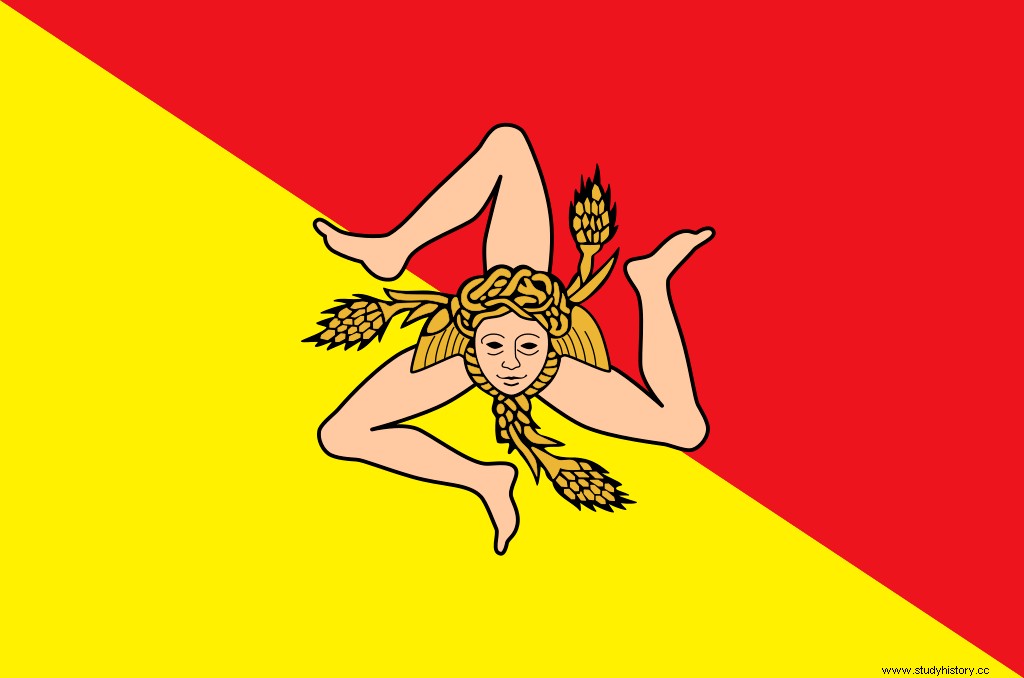
Locals
Sicilians are a complex group of different peoples. Due to several conquests throughout history, Sicilians are of Phoenician, Greek, Estrogotic, Byzantine, Arabic, Norman, Austrian, French, British, Spanish, and Italian descent. They are probably the most mixed of all the Mediterranean people. The official language of the island was once Greek, Latin, Arabic, Franco-Norman, French, Spanish.
Etna
Obviously we can not talk about Sicily without mentioning Etna. It is one of the main symbols of the region and is known all over the world, both for its beauty and danger.
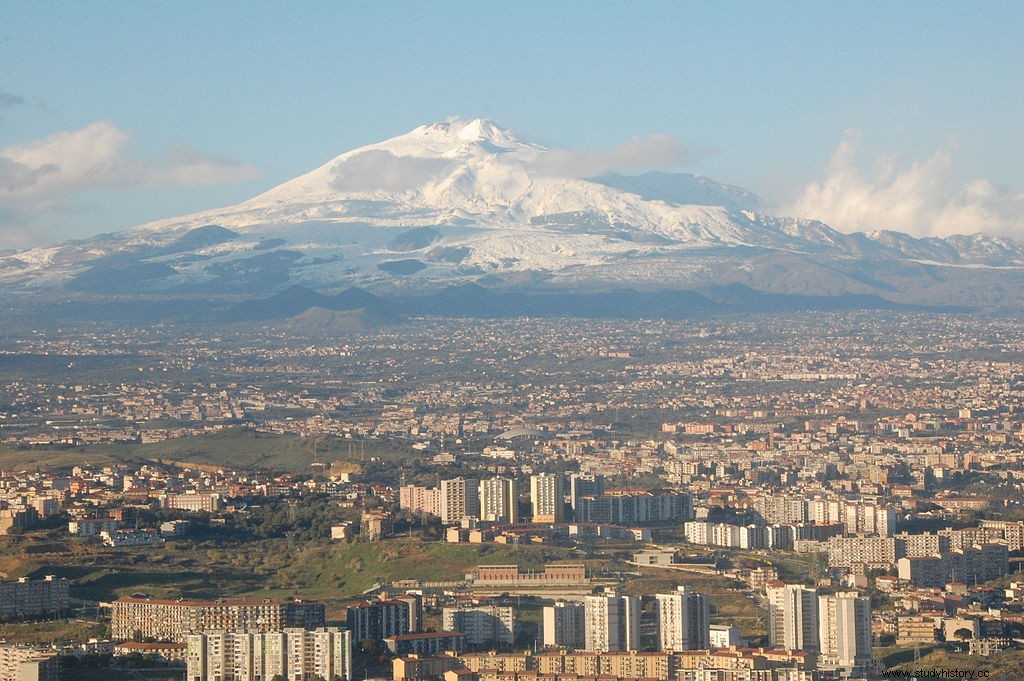
At over 3,330 meters above sea level, it is one of the highest volcanoes still active in the world. In the 1920s, for example, there were more than 80 eruptions, and even today clouds of ash and lava from the crater. However, the second most populous city in Sicily, Catania, is about 20 km from Mount Etna.
The first historical references to the volcano date back more than 2500 years (around 490 BC). At that time, gold and silver objects were thrown away as gifts to the god Vulcan. If the volcano spat them out, it meant that he refused them and the donor was thrown into the lava.
We have seen how Sicily has been a meeting place between totally different peoples, religions and ethnic groups, and that this past is reflected in the present through the inhabitants, the architecture, the landscape ...
